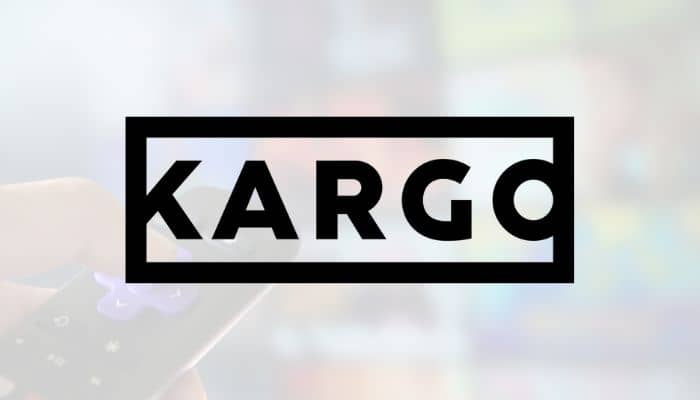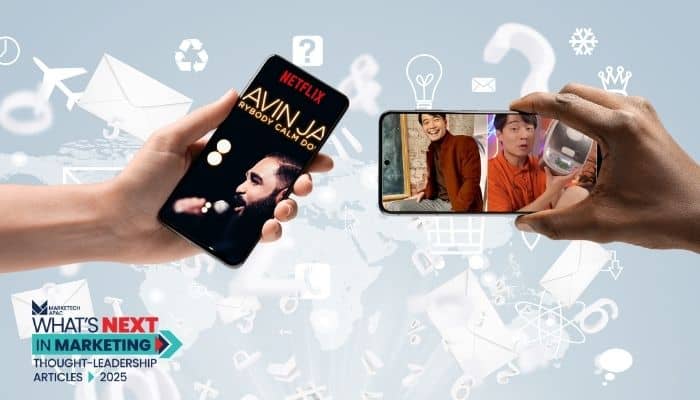Viewers in the Asia-Pacific (APAC) region are increasingly consuming video content solo and on the go, often multitasking or getting distracted. New research from Omnicom Media Group reveals that 87% of solo viewers multitask while streaming, with a 40% likelihood of engaging with unrelated content—particularly high in markets like Australia, New Zealand, Malaysia, the Philippines, and South Korea.
Weekday Solo Streaming Fuels Distraction
Solo viewing is primarily a weekday activity, often occurring during commutes, at work, or school—situations that encourage transient, multitasking behaviours. In contrast, weekend viewing tends to be more sedentary and communal, with viewers settling in at home or in social settings.
Interestingly, markets such as Australia, Japan, New Zealand, and South Korea report more deliberate solo viewing moments in living rooms, indicating a mix of intentional and passive consumption patterns.
Smartphones dominate solo streaming (81%) due to their portability, while Connected TVs (CTVs) are preferred for co-viewing (55%) thanks to their larger screens. This makes CTVs more suitable for planned, shared experiences—especially on weekends. In fact, 54% of co-viewers watch scheduled content on weekends, compared to 31% of the general audience.
Given the high incidence of multitasking, marketers are advised to optimise audio in ads to capture attention even when viewers aren’t fully focused. A cross-channel strategy is also recommended to reach users in varied contexts—from commuting to dining out.
Ad Receptivity & Genre Preferences Differ by Viewing Context
Viewers watching with families are more receptive to ads (65%) than solo viewers (53%). They’re also more likely to consider purchases after exposure to ads—66% vs. 50% for solo viewers.
Solo viewers lean toward easy-to-follow genres like Comedy and Action, while more deliberate viewers in Australia, Japan, and New Zealand also enjoy Documentaries. Meanwhile, markets such as Hong Kong, India, Taiwan, and Vietnam show higher interest in genres like Horror, Fantasy, and Sci-Fi—often driven by local content availability.
Co-viewing changes genre preferences altogether. Viewers diversify into Reality TV, Live Sports, and Travel content. When watching with children, there’s a clear avoidance of age-inappropriate content such as Horror, Romance, and True Crime.
Communal Viewing = Shared Decisions
Content choices often become communal during co-viewing, especially on weekends. In India, Indonesia, the Philippines, and South Korea, shared decision-making is more common, with different patterns depending on the group—adults take turns in families, but friends decide together.
This variability suggests brands should A/B test across multiple viewing contexts and target varied moments like commuting, lounging at home, or streaming in public spaces.
Subscription Habits: Quantity Doesn’t Equal Usage
APAC users have access to an average of 11 subscriptions, but only 44% were used in the past month. China and Taiwan show the lowest usage rates (38%), while New Zealand and Japan use three out of every five subscriptions—suggesting selective but intentional engagement.
YouTube, Netflix, and Prime Video lead in awareness and retention, while Apple TV+ ranks highest in user loyalty, likely due to exclusive content and episodic release formats.
APAC viewers spend an average of US$19/month on subscriptions (~US$3.73 per service). Australia (US$25) and Singapore (US$24) top the list, but New Zealand and Japan spend the most per active subscription, reflecting a quality-over-quantity mindset.
Markets like India, Indonesia, and Thailand report lower per-platform spends, influenced by affordable pricing tiers and widespread account sharing.
Interestingly, discrepancies between average and median spending in markets like Singapore and the Philippines suggest a broad range of consumer spending behaviours.
Much of the high subscription count is due to free platforms like YouTube and Bilibili or shared accounts—particularly in China, Australia, and Taiwan. On average, viewers have about five paid subscriptions, but nearly three of them are shared.
Despite limited ownership, there’s appetite for growth. Viewers in India, Thailand, Singapore, and the Philippines plan to increase their subscriptions, with 83% of users intending to maintain or grow their current access as international platforms expand.
CTV and Streaming Ads Drive Engagement & Recall
CTV and online video ads are impactful: 70% of viewers recall seeing them, particularly skippable (36%), first-screen (33%), and home screen (32%) formats. Two-thirds (65%) of respondents say they’re more likely to remember a product advertised via video streaming.
Moreover, 67% prefer seeing ads from a variety of brands, making CTV and online video ideal for discovery. While only half of viewers click on ads, formats with embedded calls-to-action—like QR codes—help drive conversion without interrupting the experience.
As streaming and CTV continue to grow across APAC, marketers must:
- Tailor audio and creative to distracted, multitasking viewers.
- Use A/B testing across solo, communal, and on-the-go scenarios.
- Choose platforms based on campaign objectives—awareness, affinity, or conversion.
- Maintain omnichannel strategies that blend exposure with actionable touchpoints.
With expanding local content, increased platform diversity, and improving measurement technologies, APAC remains a dynamic and high-potential region for CTV and streaming media investment.
Nina Fedorczuk, chief enablement officer at OMG APAC, said, “The recent evolution in online video consumption is fundamentally re-shaping how people consume content and how brands and agencies engage with them. Despite the ongoing yet seemingly small changes in tech advancements and original equipment manufacturers (OEMs), the scale and impact of CTV and online video consumption should not be overlooked.”
She added, “While valuable data is available from OEMs, OTTs, and digital partners, it is still important to look at the landscape holistically. This helps us better understand those who are consuming it as well as their motivations and perceptions. Our latest research will be crucial in helping marketers uncover the various consumption behaviours, preferences, and attitudes towards advertising on CTV.”












